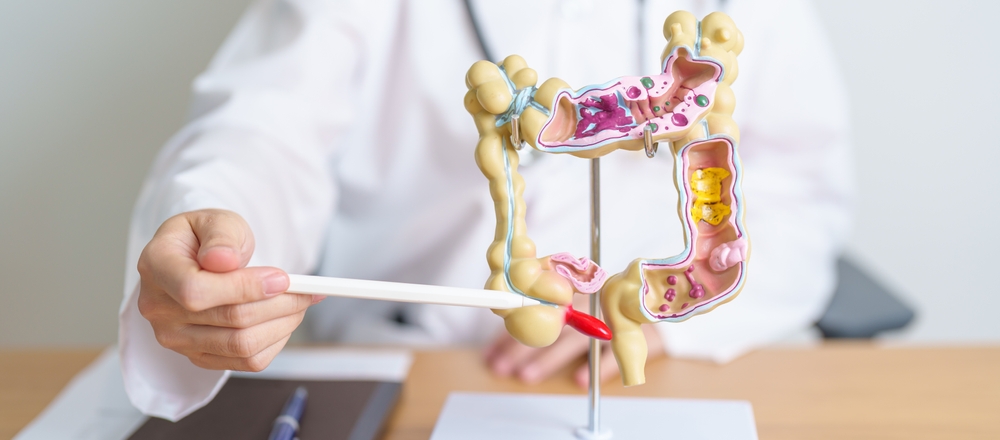Appendicitis is a medical emergency that occurs when the appendix- a small, finger-shaped pouch attached to the large intestine- becomes inflamed. While it may seem like a minor issue, untreated appendicitis can lead to serious complications, including a ruptured appendix, which can cause life-threatening infections. Early recognition of the signs and symptoms is critical to receiving timely medical care and avoiding serious outcomes.
What Causes Appendicitis?
Appendicitis typically results from a blockage in the lining of the appendix. This blockage causes bacteria to multiply inside the appendix, leading to inflammation, swelling, and pain. If left untreated, the appendix can burst, spreading infection throughout the abdominal cavity—a condition known as peritonitis.
While appendicitis can occur at any age, it is most common in people between the ages of 10 and 30. It affects both men and women and usually develops quickly, often over the course of a day or two.
Early Signs of Appendicitis
The initial symptoms of appendicitis can be vague and easily mistaken for other gastrointestinal issues like indigestion, gas, or stomach flu. However, one of the earliest and most common signs is abdominal pain.
Pain Around the Belly Button: Appendicitis often begins with a dull pain or discomfort near the navel (belly button) that gradually shifts to the lower right side of the abdomen.
Increasing Pain Intensity: The pain tends to intensify over time and may become sharp or stabbing. Movement, coughing, or pressing on the area can worsen the discomfort.
Key Symptoms to Watch For
In addition to abdominal pain, there are several other symptoms that commonly accompany appendicitis:
- Loss of Appetite: A sudden decrease in appetite is a frequent early symptom.
- Nausea and Vomiting: These often follow the onset of abdominal pain and can be mistaken for a stomach bug.
- Low-Grade Fever: A mild fever (99–100°F) may occur early on. A higher fever could indicate a ruptured appendix.
- Constipation or Diarrhea: Either can occur with appendicitis, depending on how the inflammation affects your digestive tract.
- Abdominal Swelling or Bloating: Especially in children or pregnant women, swelling may accompany pain and discomfort.
- Inability to Pass Gas: This can indicate a blockage in the intestines, which is a potential complication.
Symptoms in Children and Pregnant Women
Appendicitis can present differently in children and pregnant individuals. In young children, the pain may be harder to localize, and symptoms like irritability, lethargy, or refusal to eat may be more prominent. In pregnant women, the appendix is pushed higher in the abdomen, so pain may occur in the upper right side instead of the lower right.
Because symptoms can vary, it’s important not to dismiss unusual abdominal discomfort—especially if it worsens or is accompanied by fever or digestive issues.
When to Seek Medical Help
Appendicitis is a medical emergency that requires prompt treatment, usually surgical removal of the appendix (appendectomy). If you or someone you know experiences symptoms consistent with appendicitis, seek immediate medical attention.
Delaying treatment increases the risk of a ruptured appendix, which can lead to widespread infection, abscess formation, or sepsis. Most cases of appendicitis are treatable with early intervention, and recovery after surgery is usually fast and uncomplicated.
Know the Signs, Protect Your Health
Appendicitis may start with mild symptoms, but it can quickly become a life-threatening condition if not addressed. Recognizing the key signs and symptoms—especially persistent abdominal pain that shifts to the lower right side—is crucial for early diagnosis and treatment.
If in doubt, always consult a healthcare provider. When it comes to appendicitis, early action saves lives.
